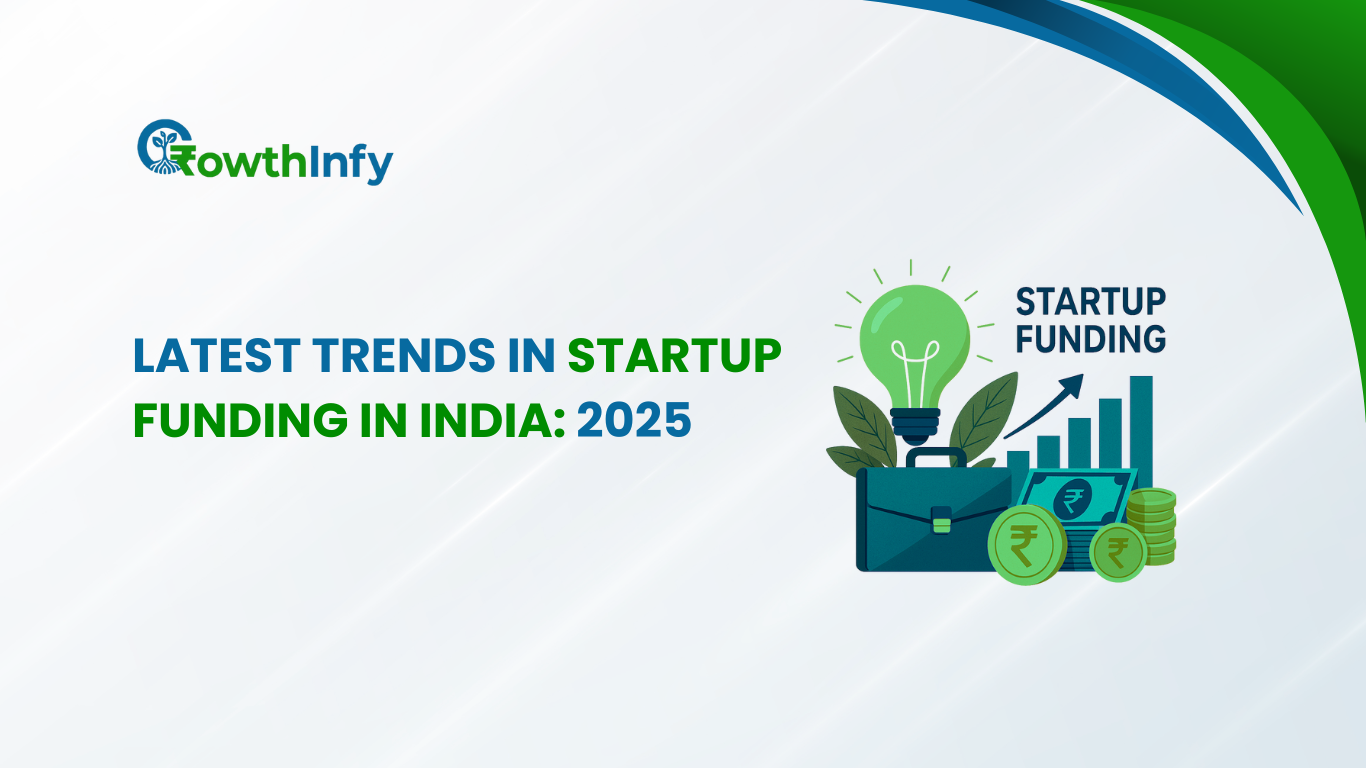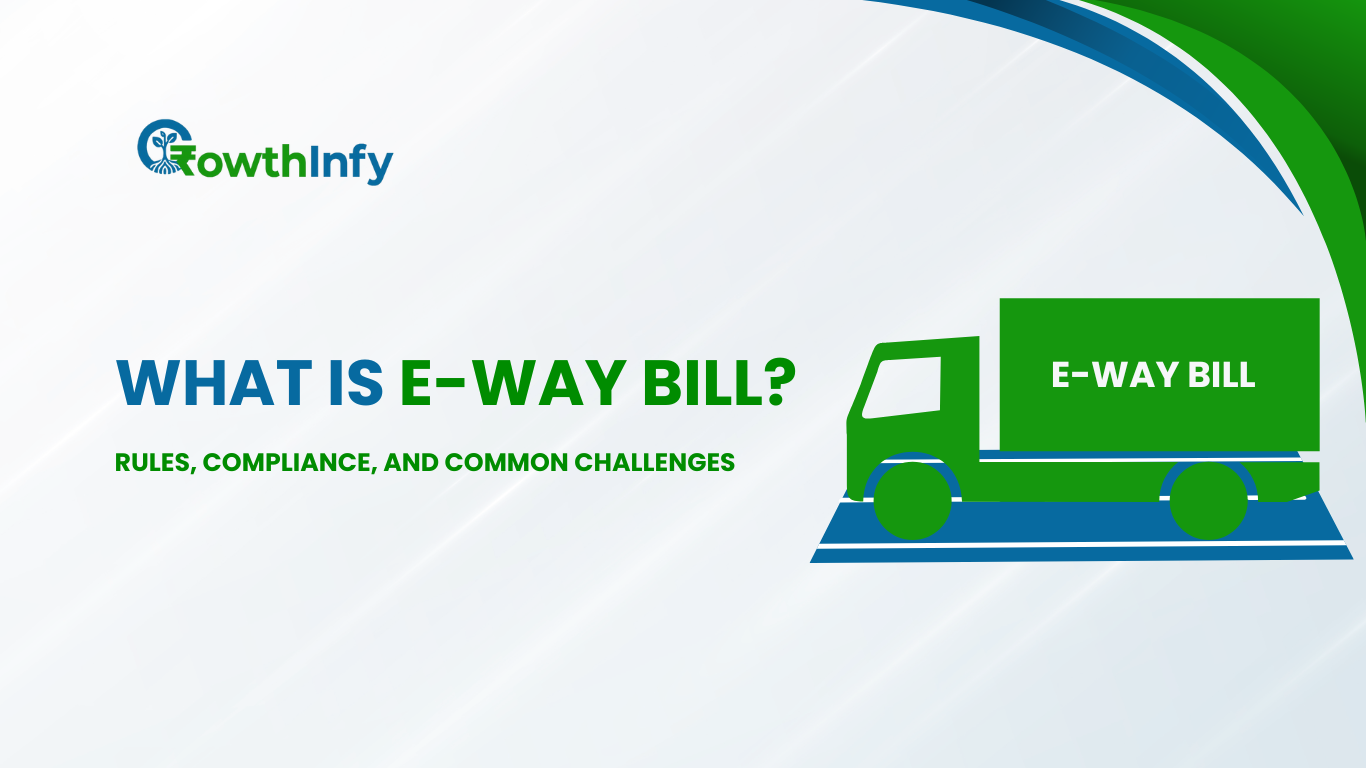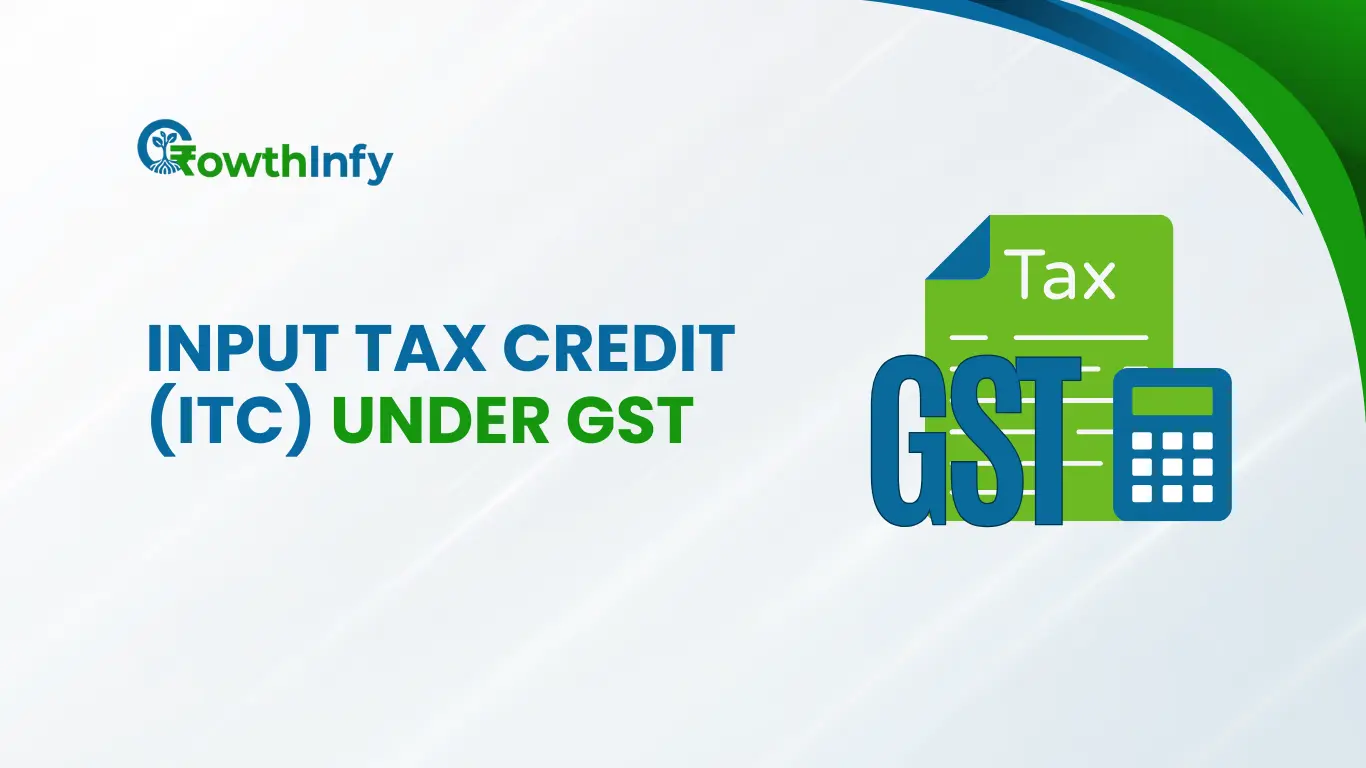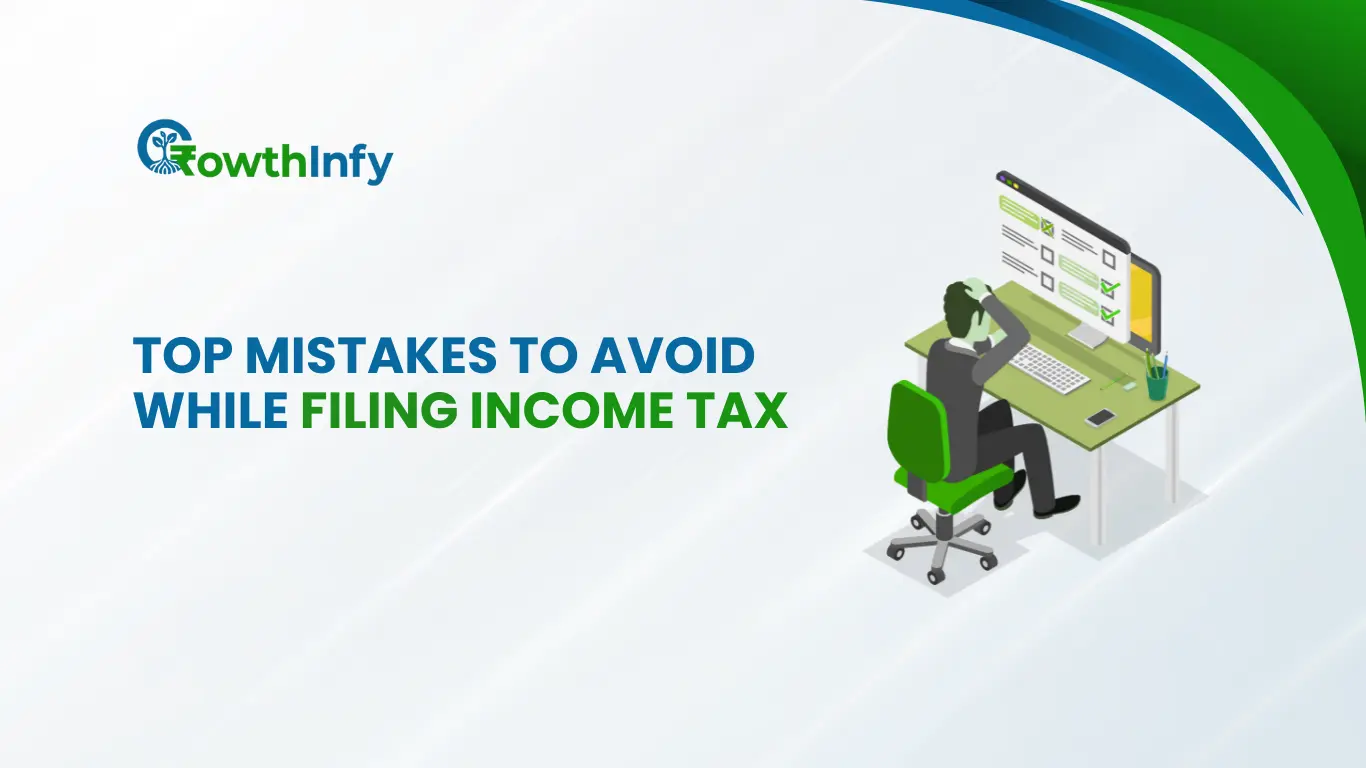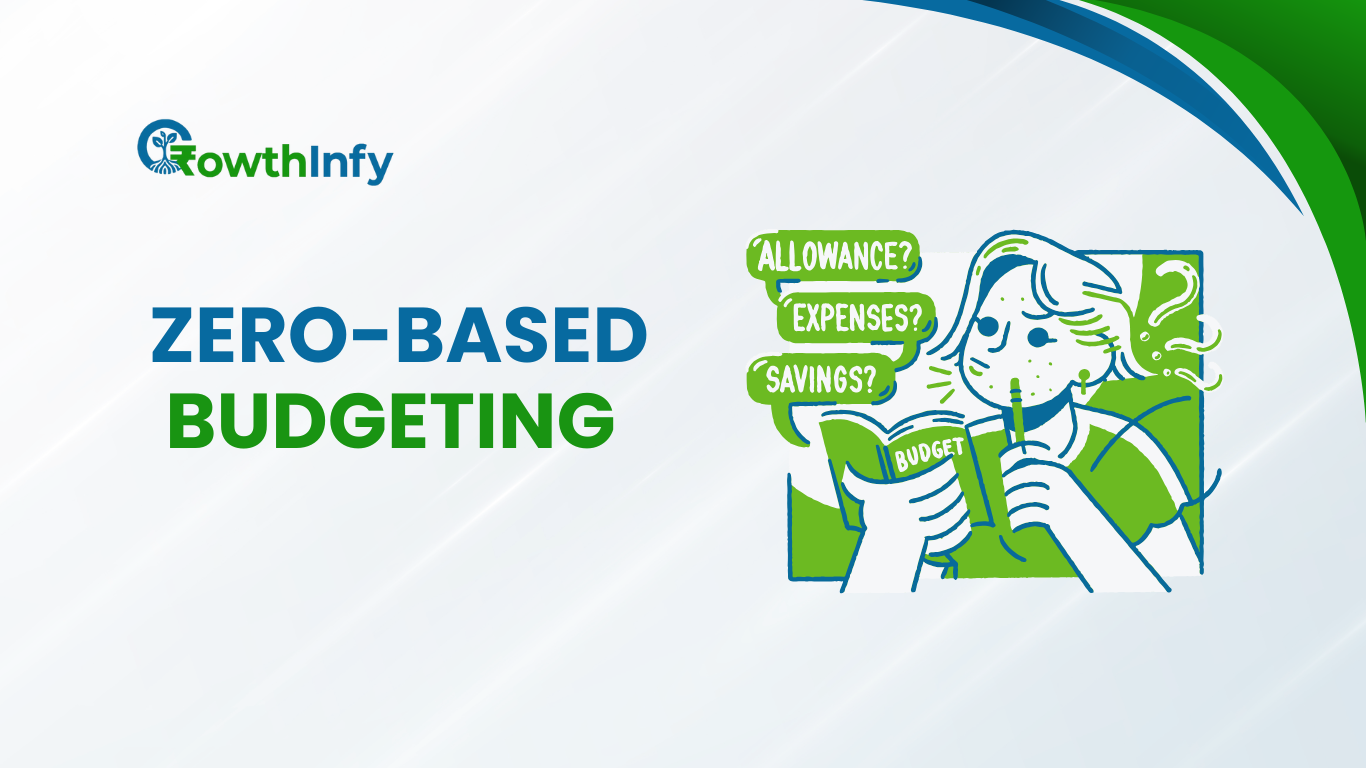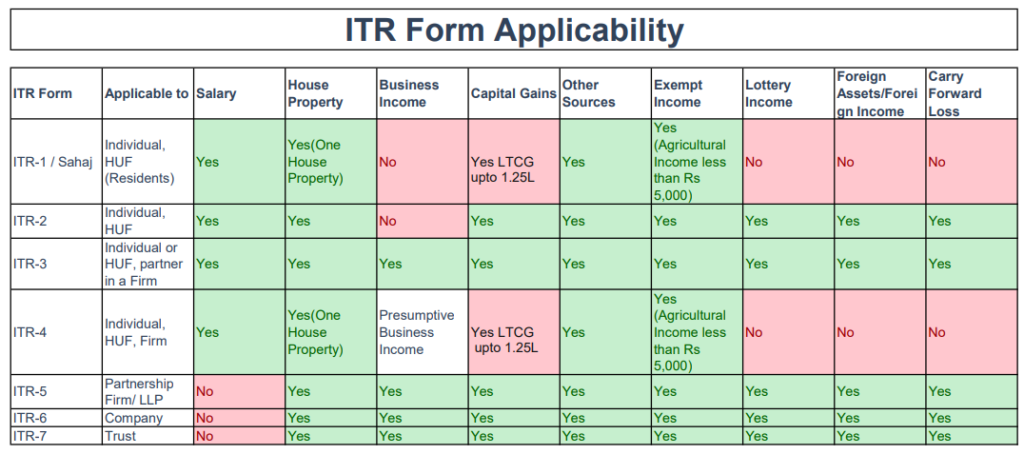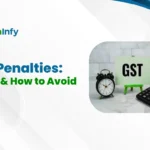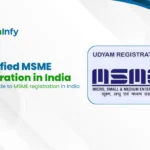Latest Trends in Startup Funding in India: 2025
Startup Funding Trends in India 2025
A dynamic combination of sectoral shifts, strategic capital allocation, and cautious investor sentiment characterises . India’s startup funding environment in 2025. The ecosystem is resilient and promising despite some volatility, thanks to targeted investments in high-potential startups and industries. This expert analysis, offers thorough insights into the most recent trends influencing startup funding in India this year.
1. Funding Overview: Growth Amid Volatility
The Indian startup funding chart in 2025 has been a rollercoaster ride. Following a robust bounce in Q1, when startups collectively raised between $2.5 billion and $3.1 billion—a 40% increase year-on-year—April saw a steep drop to $745 million, down 58% from January. But May bounced back strongly, crossing the $1 billion mark, driven by big deals in logistics and healthtech spaces.
This volatility is a sign of a more general rebalancing in investor strategy, away from indiscriminate growth chasing and towards a more disciplined, fundamentals-based approach to investment.
2. Shift in Investor Mindset: From Growth to Profitability
The most notable trend in 2025 is the change in investor thinking. Capital continues to be present but selectively invests in those startups that have clear revenue strategies, profitability trajectories, and sector differentiation. That is:
- Late-stage startups remain to dominate the lion’s share of funding, with mega-rounds now increasingly becoming the norm. For instance, delivery company Porter raised $200 million, and Citykart raised $63 million in growth-stage funding in May.
- Seed-stage investment has tightened significantly, with heightened wariness towards early-stage businesses. The seed funding decreased to $3.2 million in four startups last week from $27.6 million before.
- Investors are preferring startups with healthy fundamentals, viable business models, and the ability to create value in the longer term over scaling quickly at the cost of everything.
3. Sectoral Trends: Healthtech, Logistics, Fintech, and AI Lead
Certain sectors are driving the funding momentum in 2025:
- Healthtech has proven to be a major growth sector, with companies such as PB Healthcare raising $218 million, with an indication of growing investor optimism in healthcare tech.
- Logistics and supply chain technology remain a draw for major investments, exemplified by Porter’s $200 million Series F round and other transactions in the sector.
- Fintech is resilient, with early-stage companies such as Saarthi Finance raising substantial Series A capital, reflecting continued interest in product differentiated financial services.
AI and enterprise technology are gaining popularity as investors search for startups that are using innovative technologies to tackle intricate challenges.
4. Rise of New-Age Investors: Family Offices and Corporate VCs
2025 has also witnessed significantly higher participation from family offices and corporate venture capital (CVC) funds like Premji Invest, Flipkart Ventures, and Salesforce Ventures. These investors offer patient capital and strategic assistance, tending to prefer technology-oriented and sustainable startups. These investors’ participation is enabling startups to overcome funding hurdles and scale up across the world.
5.IPO Preparations and Exit Opportunities
With 23 startups lining up for IPOs in 2025, the ecosystem is also experiencing a maturation phase whereby investors are looking at exits via public markets. This is affecting funding dynamics with some capital shifting away from private rounds towards listings publicly, adding to the conservative investment climate experienced in mid-2025.
6. Geographic and Stage-wise Funding Distribution
- Growth and late-stage funding dominate , accounting for over $637 million in May alone, indicating investor preference for more established startups.
- Early-stage financing is still substantial but is under pressure, dropping 24% from a quarter-on-quarter basis in Q1 2025.
- Seed-stage capital is under stress, so startups need to show traction within a short time to secure capital.
7. Government Initiatives and Ecosystem Support
Government actions and initiatives remain supportive of the startup ecosystem, delivering regulatory support, funding incentives, and infrastructure development. These are foundational to the positive long-term picture in the face of short-term funding volatility.
Conclusion
The Indian startup funding scenario in 2025 is marked by strategic capital allocation, industry concentration, and a shift towards sustainable growth. Although volumes have seen fluctuations, the overall direction is towards a mature ecosystem where investor restraint and company fundamentals are at the forefront. Healthtech, logistics, fintech, and AI are the spaces to watch, backed by increasing numbers of family offices and corporate VCs. For entrepreneurs, meeting investor expectations in profitability and defined business models is important to acquire funding

